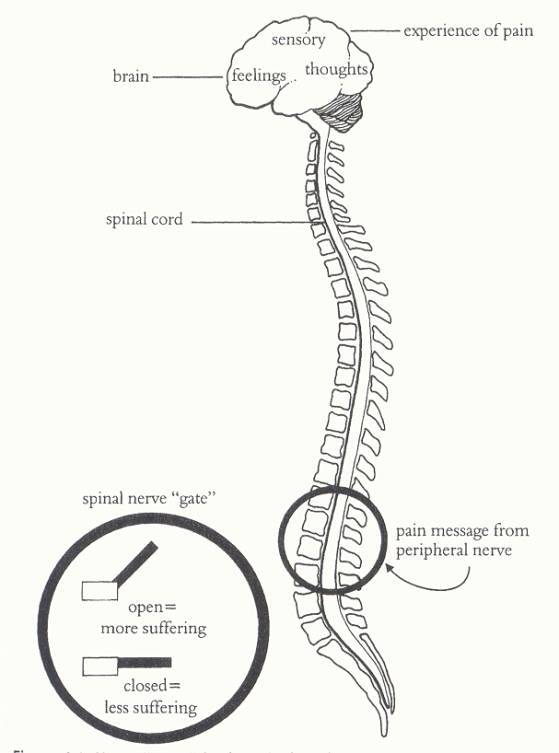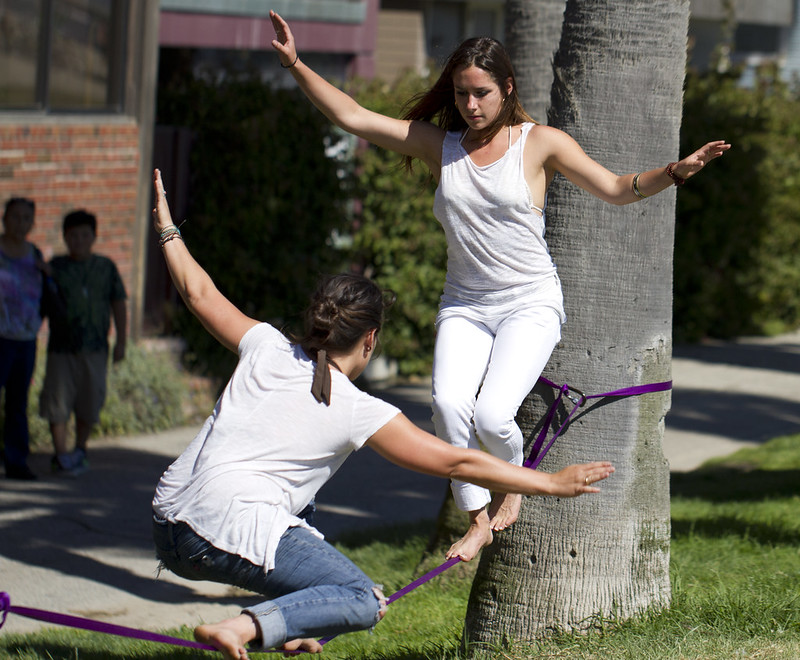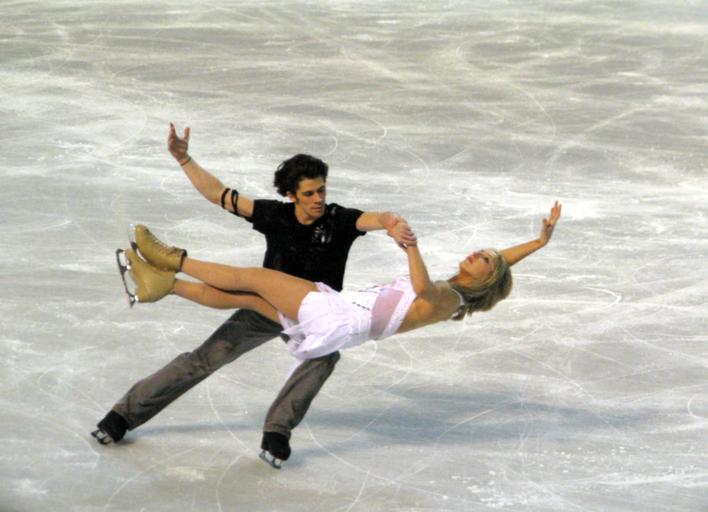Dalia Savy
Haseung Jun
A
Audrey Damon-Wynne
AP Psychology 🧠
334 resourcesSee Units
Body senses provide you with information about the position of your body in respect to your environment. The four main ones are touch, pain, vestibular, and kinesthesis.
✋ Somatosensation (Touch)
The sense of touch that you experience is a mix of pressure, warmth, cold, and pain. Variations of these four include tickling, itching, and wetness. For example, wetness results from the stimulation of both cold and pressure receptors. The information from the sensory receptors is then carried to your spinal cord, which is transferred to your medulla, thalamus, and, finally, the somatosensory cortex in your parietal lobe.
Touch is very subjective. For example, some people love massages; other people don't like people touching them (especially strangers!). People that like massages might prefer a firm, deep-tissue massage, or a gentler, light Swedish-style massage.
😩 Pain
Just as smell and taste are essential for your survival, pain is your body’s way of telling you to stop an action that may be harmful to you, or to get yourself to a doctor because there is something wrong inside your body. Some people are born without a sense of pain, and unfortunately, they often die early because their brain doesn't get the message that something is wrong. Imagine if your appendix burst and you didn't even feel it?

Image courtesy of Pixaby.
Scientists Melzack and Wall came up with the gate-control theory in an attempt to explain why we experience pain. Their theory is that the spinal cord, where pain signals are sent, has a neurological “gate” that can block or allow a pain signal to go to the brain. The gate is opened by small nerve fibers that carry pain signals and closed by larger nerve fibers or information coming from the brain. 🤺

Image Courtesy of Graceful Agony.
Have you ever noticed that if you stub your toe and then rub your foot that the pain from your toe subsides? The gate control theory explains that phenomenon. The idea is that the rubbing action is a sensation that travels along larger nerve fibers and therefore acts to close the gate to the pain signals coming through via the small nerve fibers. Massage and acupuncture, two methods used to help people dealing with chronic pain, work in the same way.
Endorphins, which are our “feel good” hormones, also play a role in our perception of pain, and it seems that there are genetic differences in their production. This may explain why some people are more sensitive to pain than others, and why women are more sensitive to pain than men. (Women are also more sensitive to hearing and smell).
It also explains why some athletes don’t notice that they have sprained their ankle during a game. How is that possible? Wouldn’t they automatically detect the pain? No, because while you play a sport, endorphins are naturally released. This sensation of endorphins blocks the pain during the game, but soon after, the pain is felt.
In addition to these biological influences on pain, there are also psychological and social-cultural influences. Our perception of pain can be increased or decreased depending on our attention to it, our expectations and even the presence of other people. Have you ever noticed that a young child may cry louder when they get an "owie" and their parents rush to their aid, than if the parent downplays it? Often children will even look to a parent before reacting.

Image courtesy of Pixy.
Interestingly, the brain can also play psychological tricks on you and create pain. Some people who have had limbs amputated still experience pain and even the feeling of movement in their missing limb. This is known as phantom limb sensations, and is thought to be the result of the brain misinterpreting central nervous system activity. 🧠
⚖️ Vestibular Sense
The vestibular sense is your sense of movement, including balance. Our semicircular canals and vestibular sacs in the inner ear are responsible for keeping balance. Hair cells are stimulated by movement and your vestibular sacs respond to the movement with similar receptors, balancing it out and creating an equilibrium. When you are motion sick 🤢, the signals from your vestibular system and your eyes 👀clash with one another. Tight rope walkers must have an incredible vestibular sense!

Image courtesy of Flickr.
🤸🏽♀️Kinesthesis
Kinesthesia is the system that enables us to sense our position and how and when our body parts move. Our vision working with kinesthesia allows us to know where we stand with respect to our environment. Dancers, figure skaters and many other athletes have a superb kinesthetic sense.
Our kinesthetic sense comes from muscles and joints🦾. Our muscles and joints send information to our brain as to where our limbs are. This information is then combined with visual senses, creating a way to track where our body parts are. You can touch your kneecap with high accuracy because you know where your finger and kneecap are in relation to each other.

Image courtesy of Wikimedia Commons.
✋ Other Major Terms
- Proprioception is the awareness of where the parts of your body are in relation to the space around you.
- Sensory Interaction is where our senses interact with one another and influence each other. For example, smell + texture + taste = flavor. Also, when you have a cold 🤧 and experience pain, your sense of taste may be affected and food could taste bland.
- Embodied Cognition is the influence of bodily sensations on our psychological states (cognitive). For example, physical warmth often promotes social warmth, and you grow a connection with the person you may be hugging 🤗
- Synesthesia is a condition where one sensation produces another. For example, when somebody says they can taste a color, they have synesthesia.
All in all, our senses work together to help us survive in any environment!
Check your Understanding
Here are some simple multiple choice questions taken from a quizizz made by rlepore.
- Kinesthesis involves:
- The bones of the inner ear
- Membranes within the cochlea
- Information from muscles, tendons and joints
- The body's sense of balance
- What behavior would be difficult without our vestibular sense?
- Walking a straight line with our eyes closed
- Writing our name
- Integrating what we see and hear
- Repeating a list of digits.
Answers
1) information from muscles, tendons, and joints
2) walking a straight line with our eyes closed
Browse Study Guides By Unit
🔎Unit 1 – Scientific Foundations of Psychology
🧠Unit 2 – Biological Basis of Behavior
👀Unit 3 – Sensation & Perception
📚Unit 4 – Learning
🤔Unit 5 – Cognitive Psychology
👶🏽Unit 6 – Developmental Psychology
🤪Unit 7 – Motivation, Emotion, & Personality
🛋Unit 8 – Clinical Psychology
👫Unit 9 – Social Psychology
🗓️Previous Exam Prep
📚Study Tools
🤔Exam Skills

Fiveable
Resources
© 2025 Fiveable Inc. All rights reserved.